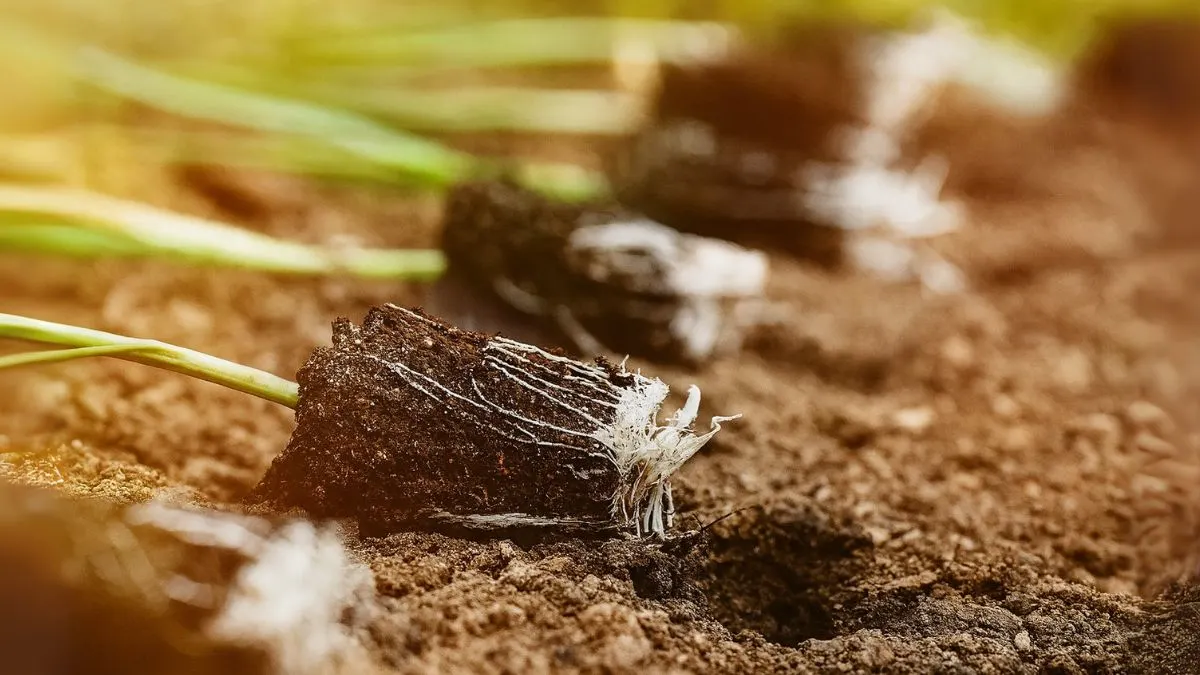Have you ever wished you could clone your favourite plant without buying another one? The good news is—you can. Root cuttings, a form of asexual reproduction, allow you to create new plants from the underground parts of an existing one. This method is simple, cost-effective, and extremely rewarding. Many herbaceous plants (perennials and biennials) can be multiplied this way, ensuring you always have lush greenery and flowers in your garden.
As someone who has grown African violets and coneflowers using this technique, I can assure you—it feels magical to see life sprouting from a simple root piece. Let’s walk through everything you need to know.
Why Choose Root Cuttings?

- Cost-effective gardening – no need to buy extra seedlings.
- Preserves exact traits – unlike seeds, cuttings replicate the parent plant perfectly.
- Boosts garden diversity – multiply your favorite flowers or herbs easily.
- Simple process – all you need is soil, a container, and patience.
Most importantly, cuttings will root more quickly and reliably in warm rooting mix, making them ideal for both beginner and experienced gardeners.
Also Read: How to Grow Old-Fashioned Hollyhocks with Modern Ease
Best Plants for Root Cuttings
Some plants respond exceptionally well to this method. Among them are:
- Blackberries and Raspberries – vigorous root growth ensures high success.
- Phlox and Oriental Poppies – garden favorites that propagate easily.
- Mint and Horseradish – spreads fast, so root cuttings are a practical choice.
- Coneflowers and Lupins – thrive in North American gardens.
- Indoor favorites like African violets, begonias, and kalanchoe.
These herbaceous plants (perennials and biennials) are the true stars of root propagation.
Step-by-Step Plan for Taking Root Cuttings
Here’s a step-by-step plan for taking root cuttings that works across most plant species.
1. Select the Parent Plant
Choose a healthy, disease-free plant with strong root growth. Remember, the offspring inherits the health of the parent.
2. Take the Cuttings
- Dig around the base gently and expose a section of the root.
- Using clean, sharp scissors or a knife, cut between 4 and 6 inches long sections.
- Make sure each piece has visible nodes, as the cuttings will begin growing roots from the nodes within a week in the right conditions.
3. Prepare the Growing Medium
- A warm rooting mix of vermiculite, perlite, or cactus soil works best.
- Mix with compost for nutrients.
4. Plant the Root Cuttings
- Place the thicker end of the cutting down in the soil.
- Cover lightly with soil, leaving the tip exposed.
- Water lightly but avoid soggy soil.
5. Provide Ideal Conditions
- Place in indirect light.
- Maintain warmth (65–75°F / 18–24°C).
- Keep soil moist but well-drained.
Also Read: Plant These Stunning Ixia Bulbs Now for a Summer Garden
Root Cuttings vs Other Propagation Methods
Method |
Best For |
Pros |
Cons |
Root Cuttings |
Perennials, herbs, and shrubs |
Simple, reliable |
Limited plant options |
Leaf Cuttings |
Aloe vera, African violets, succulents |
Easy for indoor plants |
Slower growth |
Stem Cuttings |
Roses, hydrangeas, lavender |
Fast, versatile |
Needs more care |
Seeds |
Annual flowers, vegetables |
Cheap, variety |
Unpredictable traits |
Tips for Success with Root Cuttings
- Label your pots – it’s easy to forget which plant is which.
- Use sterile tools to prevent infections.
- Don’t overwater – excess moisture can cause rot.
- For faster results, place pots in a greenhouse or cover with a clear plastic bag to maintain humidity.
Personal Experience – My First Root Cutting
I first tried root cuttings with mint, thinking it would be easy. To my surprise, the roots took off within days. I also experimented with African violets, and while they took longer, the joy of seeing new leaves push through the soil was worth the wait.
The biggest lesson I learned: cuttings involve rooting a severed piece of the parent plant, and success comes when you balance moisture, warmth, and patience.
Common Mistakes to Avoid
- Taking too small cuttings – always aim for 4–6 inches long sections.
- Using garden soil directly – it’s too compact and may harbor pests.
- Skipping warmth – without a warm rooting mix, rooting is slow.
- Overexposure to sunlight – bright indirect light is ideal, not harsh sun.
Also Read: Crocuses Varieties That Will Bloom Before Winter’s Over
Plants Famous in USA, Canada & Worldwide
- Lupins – stunning in Canadian and US gardens, thrive from root cuttings.
- Redbud Trees – though more commonly propagated by seed, root cutting works for smaller varieties.
- Hawthorn plants – often rooted for hedges.
- Aquarium plants like anubias can adapt to root divisions.
- Amaranth – though mostly grown from seed, perennials respond to cuttings.
Conclusion
Root cuttings, a form of asexual reproduction, are an easy and reliable way to grow new plants without seeds. Whether you’re experimenting with herbs like mint or beloved garden perennials like lupins, this method saves money, preserves plant traits, and multiplies beauty in your garden.
So, grab your scissors, dig into the soil, and start growing your own green family.
👉 Have you tried growing plants by root cuttings before? Share your experience in the comments!






